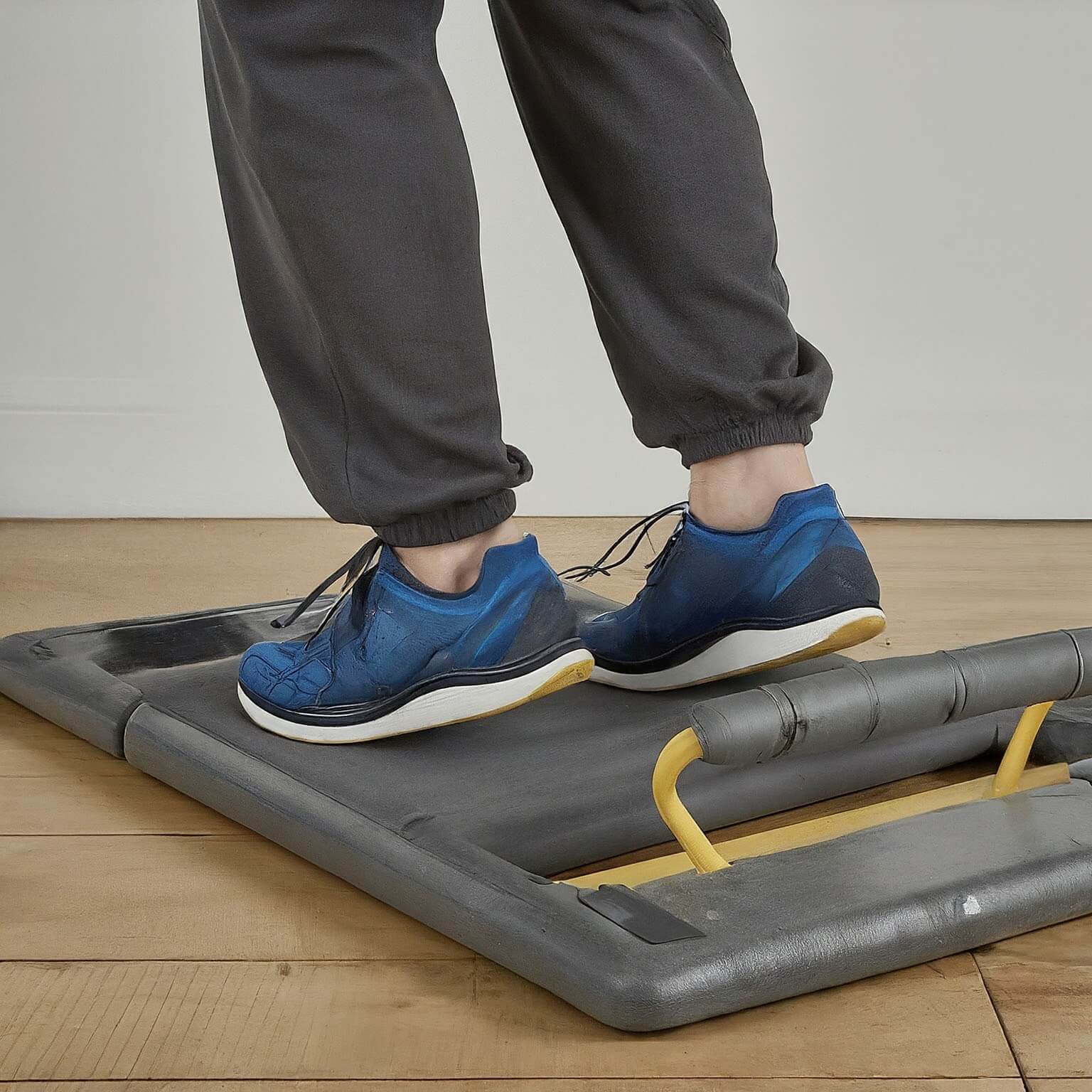54B, Tailstoi Town 5238 MT,
La city, IA 522364

FES helps to stimulate specific muscles to improve muscle function and co-ordination during walking.
Utilized to enhance endurance and cardiorespiratory functions, particularly effective post-cardiac surgery or for conditions leading to generalized weakness.
Targeted at individuals with sensory loss, limb loss (e.g., amputation), or those using aids and prostheses to improve upper limb strength and learn new walking techniques.
Facilitates safe and early patient mobilization by providing partial weight-bearing therapy.
BWS systems, such as the Biodex Unweighing System, allow for dynamic suspension, accommodating vertical displacement of the centre of gravity during walking and maintaining consistent unweighting.
Involves walking on various surfaces and negotiating obstacles to regain independent and safe walking ability. Includes walking on slopes, stairs, foam surfaces, and utilizing walking aids such as sticks, crutches, walkers, or artificial limbs post-amputation.
Utilized for individuals who struggle to bear weight on affected lower limbs, requiring braces or callipers to support walking.
Looking for best gait training center in Gujarat? Balance training center in Ahmedabad, Gandhinagar or Vadodara?
At our centre, we offer comprehensive gait training programs tailored to each individual’s specific needs and goals. Balance training for seniors – our trained professionals utilize a range of equipment and techniques to help improve walking abilities and enhance overall mobility and independence.
If you or someone you know could benefit from gait training, don’t hesitate to reach out to us for more information.
Source/s:
Banner image by Google AI
Gait training is the process of improving a person's walking pattern (gait) through targeted exercises and techniques. It aims to address walking problems caused by physical conditions and improve overall mobility.
Gait training benefits individuals with various conditions affecting walking ability, such as stroke, spinal cord injury, limb loss (amputation), neurological disorders, musculoskeletal injuries, and those recovering from surgery affecting mobility.
The goals include improving walking efficiency, enhancing balance and coordination, increasing strength and endurance, promoting independence in daily activities, and facilitating safe mobility on various surfaces and environments.
Results vary depending on individual conditions and goals. Some patients may experience improvements in walking ability and mobility early in their training, while others may require more time and consistency in their program.